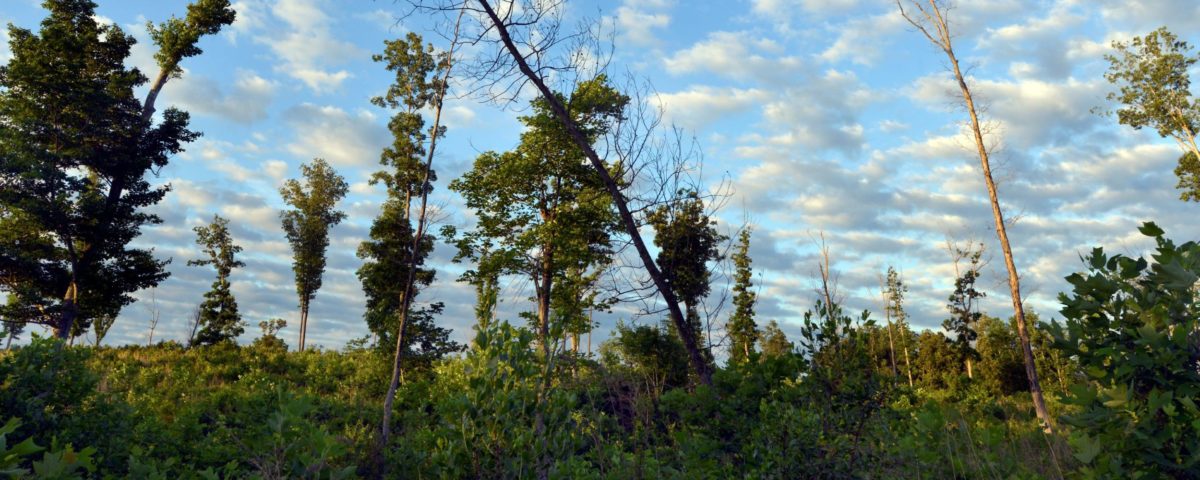In a historic moment that promises to shape the future of environmental conservation in North Carolina, Governor Cooper recently issued Executive Order No. 305, which will safeguard and restore the natural resources that make the state truly special. The order has far-reaching impacts, including for conservation.
So, what exactly does Executive Order No. 305 entail? Let’s dive in:
- Ambitious Conservation Targets: The order sets ambitious goals to permanently conserve and restore one million acres of forests and wetlands by 2040. Additionally, it aims to plant one million new trees in urban areas. These targets not only bolster biodiversity, but also contribute to mitigating climate change and enhancing flood resilience.
- Native Plant Policy: It establishes a Native Plant Policy for North Carolina State Government, which applies to all future state-owned projects. This policy reinforces our efforts to promote native plant species and preserve the unique ecological heritage of our region.
- Focus on Wetland Protection: The order includes a directive to avoid or minimize projects that would adversely impact vulnerable wetlands, demonstrating a crucial commitment to safeguarding these vital ecosystems. Furthermore, efforts to secure federal funding for wetland protection and restoration underscore the importance of preserving these natural assets.
- Community Engagement and Climate Resiliency: The executive order prioritizes engagement with tribal communities and emphasizes climate resiliency efforts. This inclusive approach ensures that all voices are heard in the journey towards environmental conservation and underscores the interconnectedness of our communities with the natural world.
Conservation efforts are more critical than ever. North Carolina’s lands provide myriad benefits, from clean air and water to recreational opportunities and economic growth. Governor Cooper’s vision outlined in Executive Order No. 305 builds a framework for conservation organizations to make a meaningful impact on the preservation of North Carolina’s environmental heritage for generations to come.


